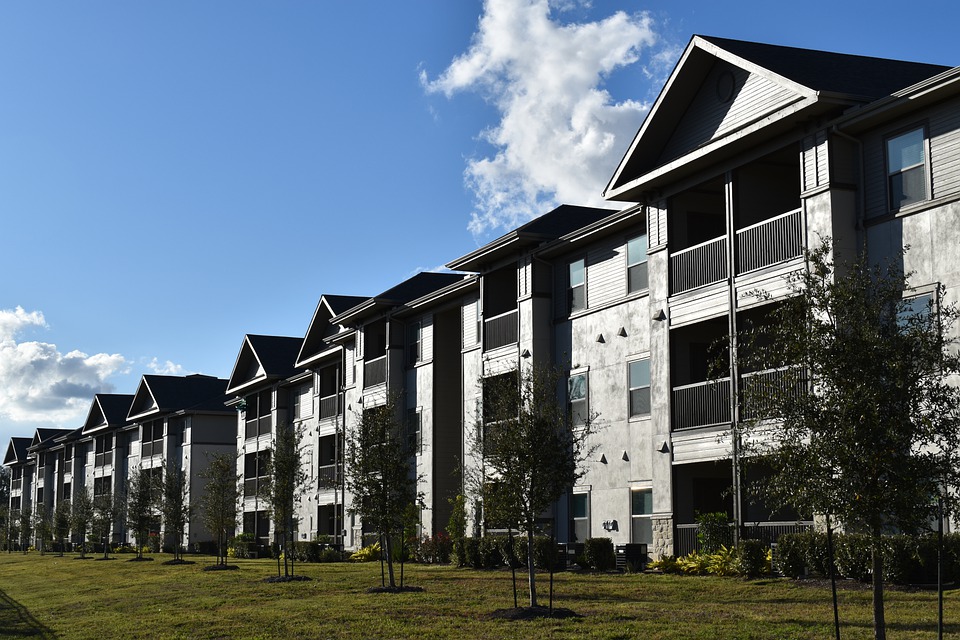Here’s how the U.S. can take steps forward in this uphill battle.
The COVID-19 crisis has made it clear that access to affordable homes is essential for individual and public health. In the U.S., there are more than 7.5 million extremely low-income renters spending more than half of their incomes on housing, according to a recent report from the National Low-Income Housing Coalition. “Such cost burdens lead too often to housing instability and homelessness,” the report highlighted.
NLIHC researchers also found that there is no state, metropolitan area or county where full-time, minimum-wage workers can afford a two-bedroom apartment. What is more, in 93 percent of U.S. counties, minimum-wage workers can’t afford a simple one-bedroom apartment either.
As the federal eviction moratorium expired, millions are at risk of losing their homes by the end of the year. According to estimates by Goldman Sachs, between 2.5 million and 3.5 million households are behind on rent, and 750,000 households will eventually be evicted under the current policy.
The affordable housing crisis is as critical as it can get. And while solutions exist, the path to solving the affordability issue is not a straight line.
Picture: Pixabay





